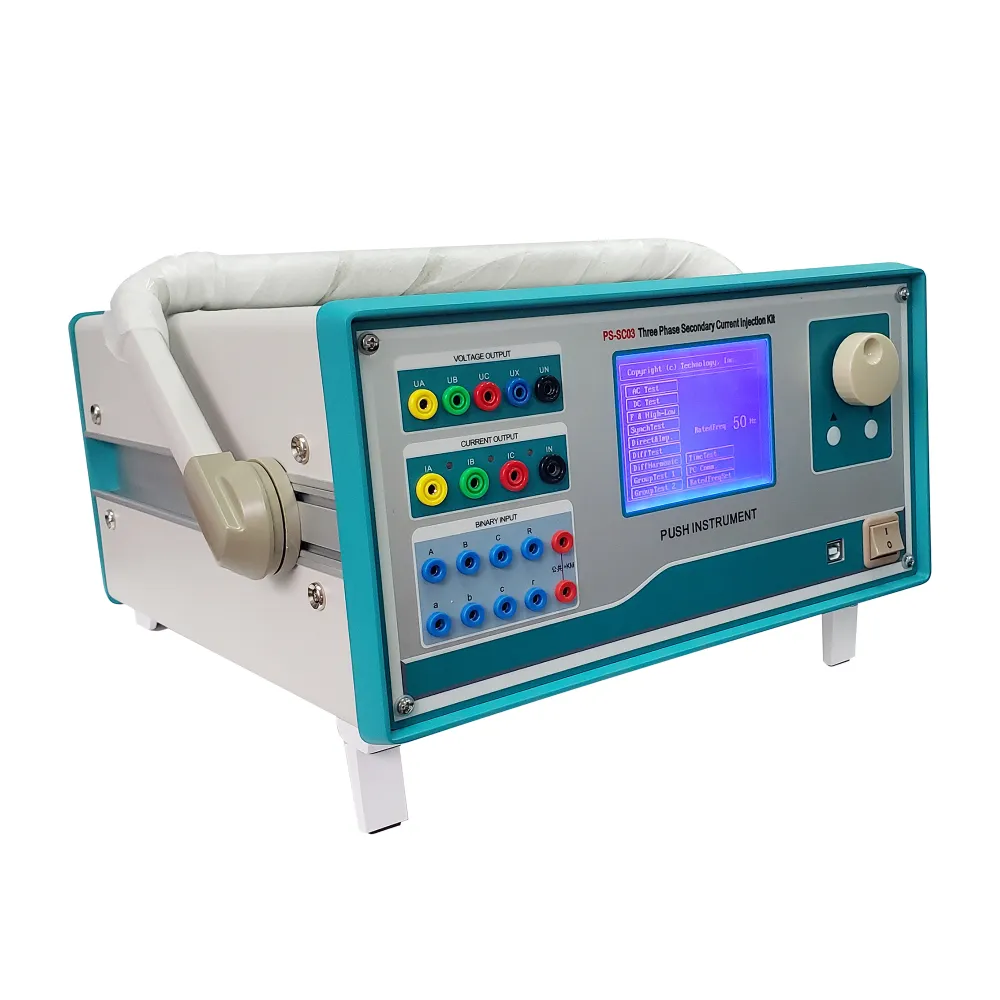 English
English



-
 Afrikaans
Afrikaans -
 Albanian
Albanian -
 Amharic
Amharic -
 Arabic
Arabic -
 Armenian
Armenian -
 Azerbaijani
Azerbaijani -
 Basque
Basque -
 Belarusian
Belarusian -
 Bengali
Bengali -
 Bosnian
Bosnian -
 Bulgarian
Bulgarian -
 Catalan
Catalan -
 Cebuano
Cebuano -
 China
China -
 China (Taiwan)
China (Taiwan) -
 Corsican
Corsican -
 Croatian
Croatian -
 Czech
Czech -
 Danish
Danish -
 Dutch
Dutch -
 English
English -
 Esperanto
Esperanto -
 Estonian
Estonian -
 Finnish
Finnish -
 French
French -
 Frisian
Frisian -
 Galician
Galician -
 Georgian
Georgian -
 German
German -
 Greek
Greek -
 Gujarati
Gujarati -
 Haitian Creole
Haitian Creole -
 hausa
hausa -
 hawaiian
hawaiian -
 Hebrew
Hebrew -
 Hindi
Hindi -
 Miao
Miao -
 Hungarian
Hungarian -
 Icelandic
Icelandic -
 igbo
igbo -
 Indonesian
Indonesian -
 irish
irish -
 Italian
Italian -
 Japanese
Japanese -
 Javanese
Javanese -
 Kannada
Kannada -
 kazakh
kazakh -
 Khmer
Khmer -
 Rwandese
Rwandese -
 Korean
Korean -
 Kurdish
Kurdish -
 Kyrgyz
Kyrgyz -
 Lao
Lao -
 Latin
Latin -
 Latvian
Latvian -
 Lithuanian
Lithuanian -
 Luxembourgish
Luxembourgish -
 Macedonian
Macedonian -
 Malgashi
Malgashi -
 Malay
Malay -
 Malayalam
Malayalam -
 Maltese
Maltese -
 Maori
Maori -
 Marathi
Marathi -
 Mongolian
Mongolian -
 Myanmar
Myanmar -
 Nepali
Nepali -
 Norwegian
Norwegian -
 Norwegian
Norwegian -
 Occitan
Occitan -
 Pashto
Pashto -
 Persian
Persian -
 Polish
Polish -
 Portuguese
Portuguese -
 Punjabi
Punjabi -
 Romanian
Romanian -
 Russian
Russian -
 Samoan
Samoan -
 Scottish Gaelic
Scottish Gaelic -
 Serbian
Serbian -
 Sesotho
Sesotho -
 Shona
Shona -
 Sindhi
Sindhi -
 Sinhala
Sinhala -
 Slovak
Slovak -
 Slovenian
Slovenian -
 Somali
Somali -
 Spanish
Spanish -
 Sundanese
Sundanese -
 Swahili
Swahili -
 Swedish
Swedish -
 Tagalog
Tagalog -
 Tajik
Tajik -
 Tamil
Tamil -
 Tatar
Tatar -
 Telugu
Telugu -
 Thai
Thai -
 Turkish
Turkish -
 Turkmen
Turkmen -
 Ukrainian
Ukrainian -
 Urdu
Urdu -
 Uighur
Uighur -
 Uzbek
Uzbek -
 Vietnamese
Vietnamese -
 Welsh
Welsh -
 Bantu
Bantu -
 Yiddish
Yiddish -
 Yoruba
Yoruba -
 Zulu
Zulu
AC Current Generation Techniques and Their Applications in Modern Technology
The Generation of AC Current An Overview
Alternating Current (AC) is a form of electrical current in which the flow of electric charge periodically reverses direction. This type of current is predominantly used in power supply systems for homes and industries due to its efficient transmission over long distances. Understanding the generation of AC current is essential for both engineers and consumers, as it plays a crucial role in modern electricity use.
Historical Background
The concept of AC current emerged in the late 19th century when inventors like Nikola Tesla and George Westinghouse championed its use over Direct Current (DC). While Thomas Edison advocated for DC systems, Tesla's invention of the polyphase system led to the widespread adoption of AC in electrical grids. The ability to transform AC voltage levels using transformers allowed electricity to be transmitted efficiently over vast distances. This paved the way for the electrification of cities and the growth of electrical infrastructure that we depend on today.
Mechanism of AC Generation
AC current is generated primarily through electromagnetic induction, a principle discovered by Michael Faraday. The fundamental mechanism involves rotating a loop of wire (or coil) within a magnetic field. When the coil rotates, the magnetic field induces an electromotive force (EMF) in the wire. As the position of the coil changes, the direction of the induced current also reverses, creating the alternating nature of AC.
The most common device used to generate AC is the alternator. An alternator consists of a rotor (the rotating part) and a stator (the stationary part). As the rotor spins, it alters the magnetic field around the stator, inducing an alternating current in the stator's windings. This process can occur in various power generation plants, including hydroelectric, thermal, and wind energy facilities.
generation of ac current

Types of AC Generation
There are various methods of generating AC current, tailored to the resources available and the intended application. For instance, in hydroelectric plants, falling water turns turbines connected to alternators. Wind turbines harness kinetic energy from the wind, converting it into mechanical energy to generate AC through a similar process. Thermal power plants, which can use coal, natural gas, or nuclear energy, also operate on the same principle, where steam drives turbines to generate electricity.
Advantages of AC Over DC
AC has several advantages that make it the preferred choice for power generation and distribution. Primarily, the ability to easily transform voltages allows for efficient transmission over long distances. High voltage levels reduce energy loss due to resistance in power lines. Additionally, AC motors and appliances generally have simpler construction and lower costs compared to their DC counterparts.
Moreover, due to the periodic nature of AC, alternating currents can efficiently operate various devices, such as transformers and synchronous motors, which are essential in various applications. This versatility makes AC indispensable in both residential and commercial power systems.
Conclusion
In summary, the generation of AC current is a vital aspect of modern electrical engineering, enabling the efficient transmission and consumption of electricity. From its historical roots to its present-day applications, AC's advantages make it the backbone of our power systems. As technology advances, ongoing innovations in AC generation and distribution promise to further enhance its efficiency and availability, which will be crucial for a sustainable energy future. Understanding the principles of AC current generation not only highlights its significance but also encourages the exploration of new methods to harness energy effectively.
-
Testing Equipment Industry Sees Major Advancements in 2025: Smart & Precision Technologies Lead the WayNewsJun.06,2025
-
Applications of Direct Current Generators in Renewable Energy SystemsNewsJun.05,2025
-
Hipot Tester Calibration and Accuracy GuidelinesNewsJun.05,2025
-
Digital Circuit Breaker Analyzer Features and BenefitsNewsJun.05,2025
-
Benefits of Real-Time Power Quality Monitoring Devices for Industrial EfficiencyNewsJun.05,2025
-
Earth Fault Loop Testing in High-Rise Building Electrical SystemsNewsJun.05,2025



